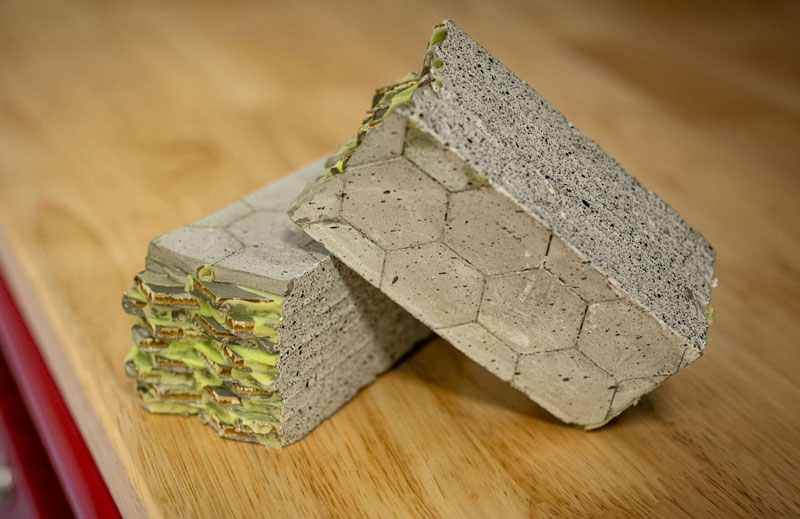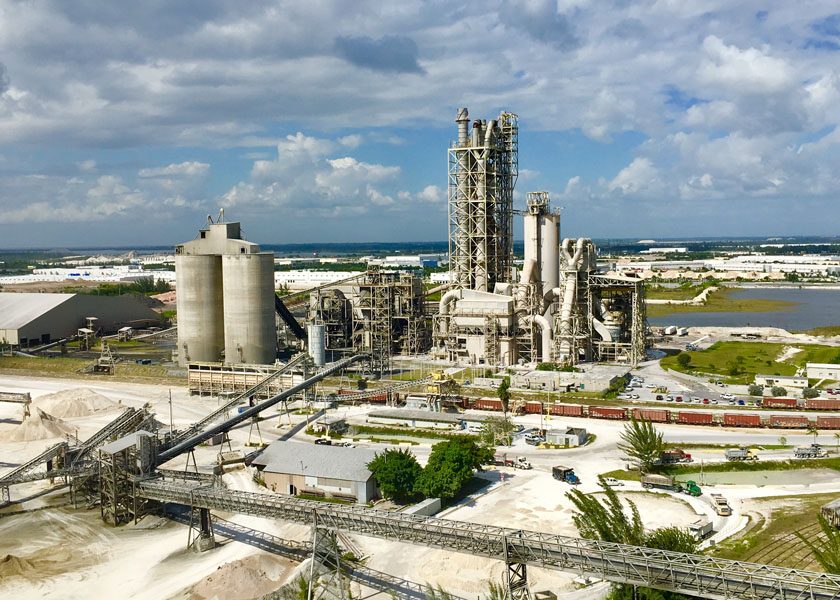Researchers at Princeton University have created a new cement composite that is 17 times more crack-resistant than standard cement and 19 times more able to stretch and deform without breaking, the researchers say.
Inspired by the natural material nacre, or mother of pearl, the research team developed innovative composites, utilizing portland cement paste and a limited amount of stretchable polymer. Multi-layered small beams were created by alternating the cement paste sheets and polymer. These beams were then subjected to a notched three-point bending test.

The first beam consisted of alternating layers of cement paste sheets and thin polymer. For the second, the researchers used a laser to engrave hexagonal grooves into the cement paste. These grooved sheets were then stacked with thin polymer layers in between. The third beam was similar to the second, but the researchers cut through the cement completely, creating separated hexagonal tablets connected by the polymer layer. These cement-paste tablets lay atop the polymer layer similarly to how aragonite lies on the biopolymer layer in nacre.
The three types were compared against a reference solid (monolithic) cast cement paste counterpart. The most significant results were observed in the beams with completely separated hexagonal tablets. These beams exhibited 19 times the ductility and 17 times the fracture toughness while retaining nearly the same strength as the solid cement paste beam.
“Our bio-inspired approach is not to simply mimic nature’s microstructure but to learn from the underlying principles and use that to inform the engineering of human-made materials,” explained Dr. Reza Moini, research lead and assistant professor at the Department of Civil & Environmental Engineering. “One of the key mechanisms that makes a nacreous shell tough is the sliding of the tablet at the nanometer level. Here, we focus on the mechanism of tablet sliding by engineering the built-in tabulated structure of cement paste in balance with the properties of the polymer and the interface between them. In other words, we intentionally engineer defects in the brittle materials as a way to make them stronger by design.“
The researchers noted that the findings are based on lab conditions and that it would take additional work and research to develop the techniques for use in the field.
The research team published a paper, “Tough and Ductile Architected Nacre-Like Cementitious Composites,” in Advanced Functional Materials, which can be viewed here.



